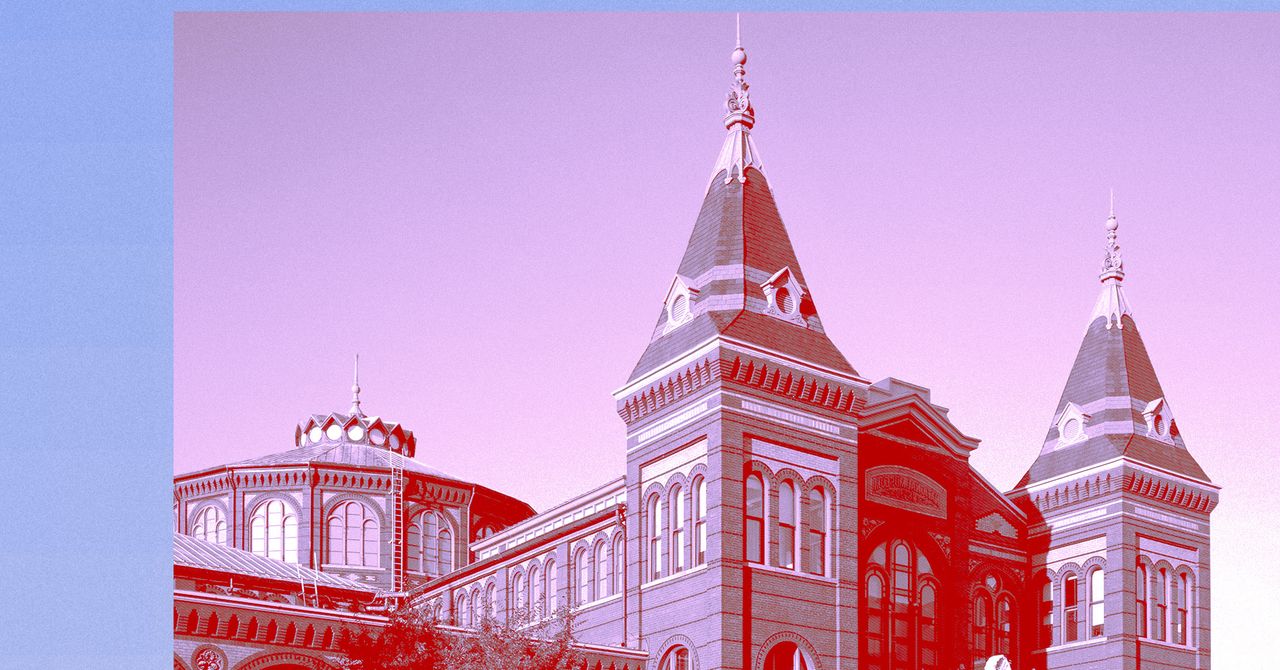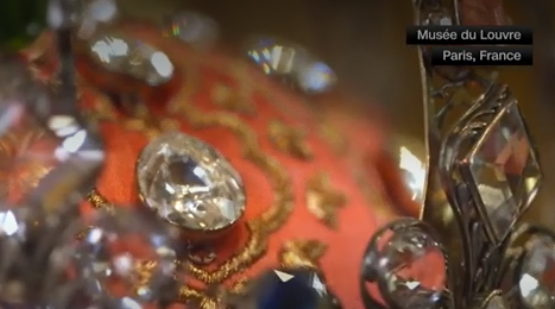Jim Sanborn couldn’t believe it. He was weeks away from auctioning off the answer to *Kryptos*, the sculpture he created for the CIA that had defied solution for 35 years.
As always, wannabe solvers kept paying him a $50 fee to offer their guesses to the remaining unsolved portion of the 1,800-character encrypted message, known as K4—wrong without exception. Then, on September 3, he opened an email from the latest applicant, Jarett Kobek, which started, “I believe the text of K4 is as follows.”
Sanborn had seen words like this thousands of times before. But this time, the text was correct.
“I was in shock,” Sanborn tells me. “Real serious shock.”
The timing was awful. Sanborn, who turns 80 this year, saw the auction as a way for someone to continue his work of vetting potential solutions while maintaining the mystery of *Kryptos*. He’d also been looking forward to getting compensated for his work.
What came next was even more shattering. He quickly got on the phone with Kobek and his friend Richard Byrne, who gobsmacked him by reporting they did not find the solution by codebreaking. Instead, Kobek had learned from the auction notice that some *Kryptos* materials were held at the Smithsonian’s Archives of American Art in Washington, DC.
Kobek, a California novelist (one of his books is called *I Hate the Internet*), got his friend, the playwright and journalist Byrne, to photograph some of the holdings. To Kobek’s astonishment, two of the images contained a 97-character passage with words that Sanborn had previously dropped as clues.
He was staring at words that CIA and NSA codebreakers, along with countless academics and hobbyists, had sought for decades.
The secret of *Kryptos* was out of the artist’s hands, in the most humiliating way imaginable—Sanborn himself had mistakenly submitted it in readable form to the museum. For 35 years, the *Kryptos* plaintext had been a summit that none had reached. Suddenly, some had attained it—not by climbing to the peak but by hitching a ride to the top.
Sanborn’s grand vision for a piece of art that illuminated the idea of secrecy itself was imperiled—as was the auction. Now he had to figure out what to do about it.
### Enter: The Media
The initial phone call had been friendly. Kobek and Byrne insisted that they did not want to mess up the auction. After he hung up, Sanborn called the auction house. That’s when things started going sideways.
As Sanborn tells me, “They said, ‘Listen, see if the guys will sign NDAs, and see if they’ll take a portion of the proceeds.’ And I said, ‘Oh geez, man, I don’t know about that. But I offered it.’”
Kobek and Byrne were uncomfortable with that arrangement and refused to sign. (RR Auction executive vice president Bobby Livingston didn’t comment on the legal issue but says of an NDA, “It’s something that would be comforting to our clients.”)
Sanborn told them his intent was to get the Smithsonian to freeze the archives — which it did. He assumed Kobek and Byrne would stay silent.
“If you don’t release it, you’re heroes to me,” Sanborn told them.
“I thought everything was OK,” he says, “And then all of a sudden [the journalist] John Schwartz calls me and says these guys want to publish it.”
Kobek explains to me that they contacted Schwartz in part to relieve some legal pressure.
“There was threat after threat being sent to us from the auction house’s lawyers, threatening to sue us for a multitude of things,” he says.
(When I ask Livingston if his lawyers have been contacting Kobek, he says, “There’s lawyers talking to each other,” and adds that there may well be.)
The auction house hasn’t changed its estimated $300,000 closing bid.
Kobek says he wishes he had never sent Byrne to the Smithsonian in the first place.
“It’s a sad story, in a way,” he tells me.
Sanborn is in agony.
Still, I don’t think the *Kryptos* saga has been irrevocably tarnished.
I always saw Sanborn’s artwork as a brilliant commentary on the shadow world of spookdom, where nothing is as it seems and outcomes often come without clarity. To date, the machinations of solving *Kryptos*—or even figuring out if it could be solved—have been on a high level, a complex web of shadows that John le Carré might have spun.
The anticlimactic discovery of the plaintext, due to Sanborn’s slip, has shifted the narrative to the tragicomic purgatory of Mick Herron’s *Slough House* series. There’s still a chance for a satisfying ending.
To help his successor, Sanborn’s been working with technologist and entrepreneur Igor Jablokov to build an AI system that can autonomously sift through the guesses. Jablokov described it to me as a virtual Sanborn.
https://www.wired.com/story/kryptos-code-reveal/


